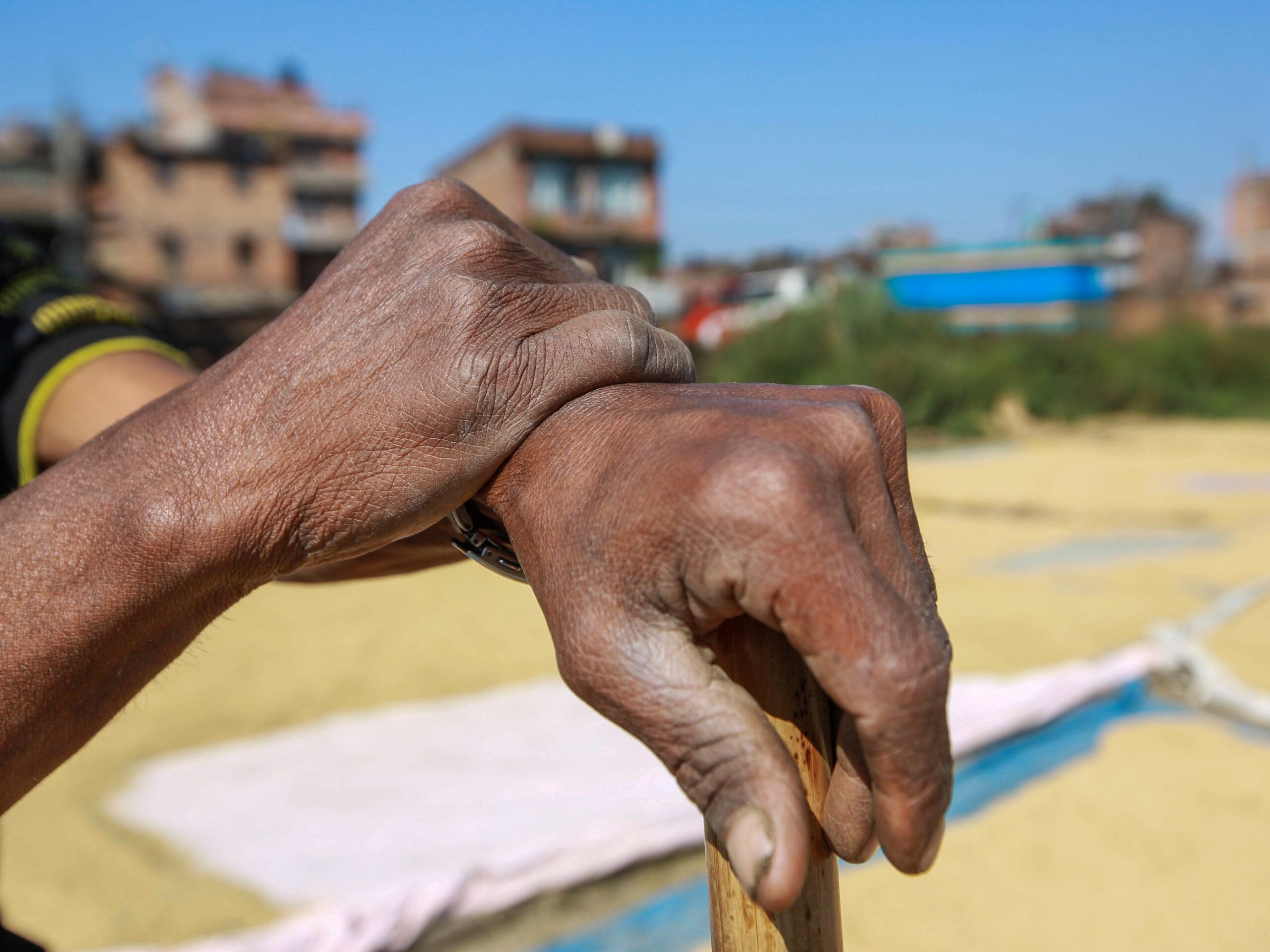Leathery Skin: Understanding the Impact of Photoaging on Skin Microstructures
It is a commonly held observation that people working in outdoor professions exposed to sunlight tend to have tougher leathery skin. While it is understood that this is a byproduct of the ultraviolet radiation from the sun damaging the skin, many people are unaware of how the biomechanical properties of the skin and its underlying microstructures are changed by sun exposure in a process known as photoaging. Photoaging refers to the premature aging of the skin caused by prolonged exposure to ultraviolet (UV) radiation, primarily from the sun. Unlike chronological aging, which occurs naturally over time, photoaging is an accelerated aging process that results from the cumulative effects of UV exposure. Both UVA and UVB rays contribute to photoaging, but UVA is particularly associated with this process due to its ability to penetrate the skin more deeply.
When looking at the effect of photoaging on the skin it is important to first understand the different layers that make up the skin. There are three skin layers: the epidermis, dermis and hypodermis. The epidermis, composed of closely packed epithelial cells, helps prevents the passage of bacteria, harmful chemicals, and UV into the body. The topmost layer of the epidermis, the stratum corneum, consists of dead skin cells formed into a protective barrier maintaining the hydration levels of the skin. Beneath the epidermis lies the dermis, a complex network of connective tissue, blood vessels, nerves, and various cell types. The dermis itself is a gel like matrix that contains structural proteins collagen and elastin fibers which provide strength and elasticity to the skin allowing it to stretch and recoil as needed. The hypodermis connects the skin to the underlying muscles and bones. The hypodermis is composed of adipose tissue and acts as an energy reservoir while providing insulation and protection against mechanical trauma.
The dermis is particularly affected by aging and photoaging as it has a low turn-over rate (Time for old skin to be replaced by new skin) compared to other skin layers. While the epidermis only takes around a month to renew, the dermis and its microstructure proteins (collagen and elastin) take several years for renewal. As previously mentioned, collagen and elastin have an important role in controlling the biomechanical properties of the skin and changes to these structural proteins cause observable physical changes in the skin’s elasticity, toughness, texture and wrinkle formation.
Increased photo exposure has been linked in multiple skin studies to a decrease in the amount of collagen and elastin in the dermis and an increase of collagen cross-linking. As the level of collagen and elastin in the dermis decreases the skin loses its elasticity meaning it cannot snap back as easily which is why wrinkled skin sits loosely and does not snap back immediately when pulled like normal skin. Collagen cross linking results in multiple collagen proteins forming more closely packed structures increasing the toughness/stiffness of the skin giving it a rougher leathery texture. Additionally, accumulation of undesirable molecular bonds due to cross linking over time can cause cellular dysfunction affecting long term skin health. To protect the skin from the harmful effects of UVA radiation, it is essential to use broad-spectrum sunscreen that provides protection against both UVA and UVB rays. Additionally, wearing protective clothing and seeking shade during peak sunlight hours can help minimize UVA exposure and preserve the health and integrity of skin microstructures.
Lynch, B., Pageon, H., Le Blay, H. et al. A mechanistic view on the aging human skin through ex vivo layer-by-layer analysis of mechanics and microstructure of facial and mammary dermis. Sci Rep 12, 849 (2022). https://doi.org/10.1038/s41598-022-04767-1
Binghamton bioengineers explore why skin gets ‘leathery’ | Binghamton News

